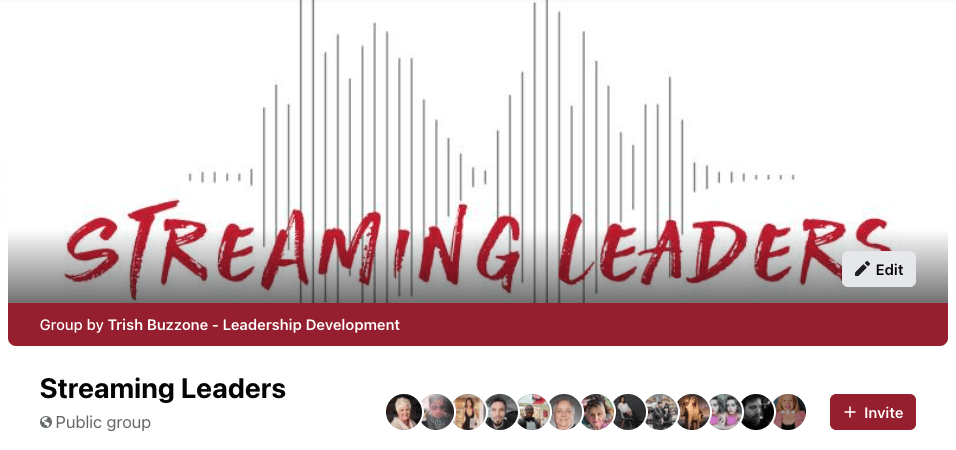In previous blogs, especially here, here and here, we’ve talked about what a leadership culture looks like on a team. An active leadership culture is not only an environment in which leadership is embraced and trusted, it is an environment in which the leaders are intentional about developing other leaders on their team.
A leadership culture is a culture other leaders are drawn to. They see leadership opportunities and expectations reflected in the hiring process, in employee development and in vision sharing. What does that look like? To answer that question, I’m going to review some points made by John Maxwell Companies CEO Mark Cole at a recent conference.
Mark offered several points describing what a leadership culture looks like. I’ve taken those descriptions and turned them into questions that will help every leader create an effective leadership culture on their team.
Do I project enthusiasm for the vision?
Our team will see, and often mirror, our level of enthusiasm. When we are negative and uninspired, we encourage negativity and fail to inspire. This isn’t as simple as flipping a switch, though, and our teams know when we’re faking. Instead of “trying” to be excited and inspiring, we see better results when we put ourselves in environments and connect ourselves with challenges that stir our passions.
That’s not to say we will feel positive and inspiring all the time. We all have “bad” days, times where we struggle, we feel overwhelmed or disconnected. In those times, it’s easy to let these feelings guide our choices. However, when we are willing to be authentic, and also responsible and empathetic, we create opportunities to connect with our team in new and deeper ways.
Is my focus totally forward?
When we get caught up worrying about yesterday’s mistakes or promoting yesterday’s successes, we are less able to invest in today or plan for tomorrow. As leaders, if we are hanging on to past accolades or “the way we used to” we hold ourselves and our people back, stunt the team’s growth potential, and miss out on today’s opportunities.
It’s a good idea to take time on a regular basis to consider what filters from our past may be clouding our current focus on today. Are there ideas or hurts, regrets or failures that are distracting our focus? If so, it’s well worth the time to take a moment, clear our mind and heart of these thoughts and shift our focus to what’s in front of us.
Are my team members free to fail?
Failure is not the enemy. It is one of life’s best learning tools. If you are not in danger of failing, you are also not in a position to succeed. Leadership cultures thrive best when everyone on the team is facing a challenge that stretches them, develops their skills and excites their heart. Because these pursuits, these challenges, matter, they have better potential to help us grow, as individuals and as a team.
A close-knit team will rise up when faced with the opportunity to succeed. They will work together to turn small, temporary failures into eventual success, each team member’s skill, talent and passion driving the vision forward. This will not happen in an environment in which people are taught to fear or feel shame in the face of failure.
Are our team members helping each other grow?
In an effective, contagious leadership culture, members of the team will challenge each other, encourage each other and strengthen each other. When all of us are connected with the vision, and when what we’re doing matters, we will strive to be our best and to encourage others to do the same. That expectation will encourage each member of the team to grow, personally and professionally.
Do any of these questions resonate with you? Which ones, and which questions would you add?
The Dangers of Success?
The Dangers of Success? How to avoid pitfalls of success that get us stuck and build for long-term success Much has been written about pitfalls in business, how this or that decision, habit or tendency may trigger failure. One topic that sometimes gets missed...
Want to be significant? Here’s a good place to start.
Gather any group of successful leaders together and ask them to define significance. You may well get as many answers as there are people in the room. What you will find, though, is that every one of them believes in the value of pursuing significance. As leaders,...
5 questions to test your relational leadership
We’ve all heard the phrase, “it’s not what you know, it’s who you know.” Now, aside from the fact that what you know is definitely important, there is some truth to the idea that relationships influence your options, in business and in life. Healthy relationships...
Value and Opportunity Have No Age Restrictions
How often have we heard “they’re too young” or “you can’t teach an old dog new tricks” or something along those lines? If you believe the clichés, there’s some magic span of time in our lives where growth is permitted. Some call it the “peak years” or the “productive...
No enterprise will thrive without this
Recently, I had the privilege of attending an International Maxwell Certification (IMC) conference, including a full-day think tank with John Maxwell before the conference. While I’ve been through the certification process before, I have committed to attending these...
Why Questions Are Better Than Answers
Leaders do not need to be told what to do. If they can see their situation clearly and understand their options fully, most of the time they will make the best call. Helping someone see clearly and understand fully is a process, and it may not always be easy, but it’s...









0 Comments